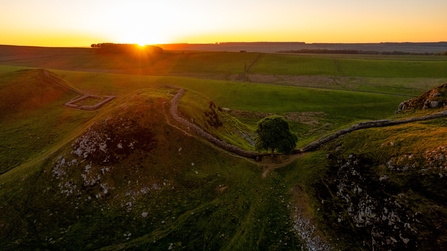Today, The Wildlife Trusts unveil a new programme which will accelerate UK nature recovery and help to reverse catastrophic declines in wildlife. £6 million from the Ecological Restoration Fund will support rewilding projects, the reintroduction of keystone species and better protections for marine and coastal habitats.
The funds come at a time when more than 40% of species in the UK are in decline and over 15% are threatened with extinction. The UK is one of the most nature-depleted countries in the world. Seas are at risk from over exploitation and development, rivers are dying from agricultural and sewage pollution, and many people suffer from lack of access to nature.

